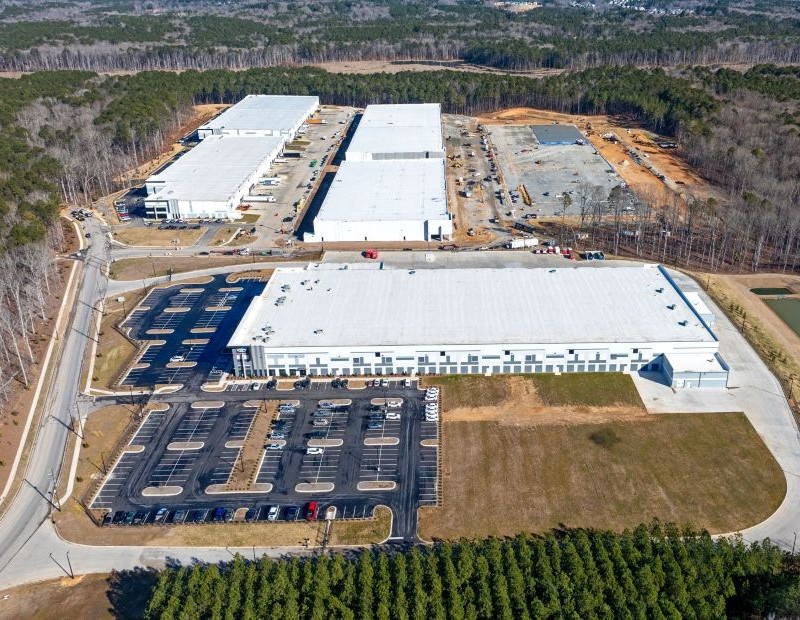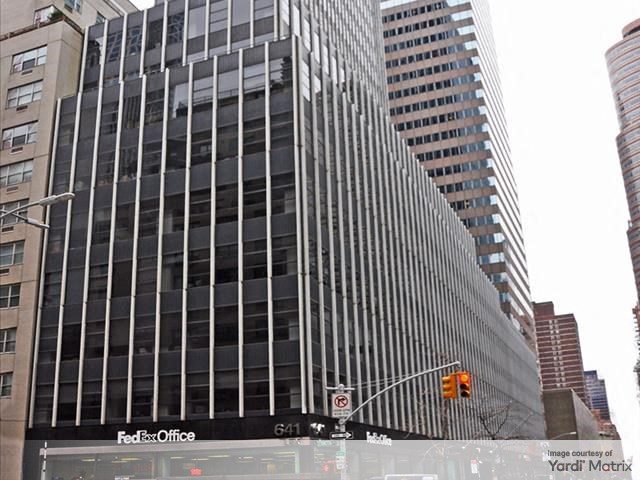Why the Outlook for REITs Is Positive, Despite Headwinds
A turbulent stock market has not impeded performance.

Sheheryar Hafeez
According to a recent JLL report, REIT M&A volume soared to $140 billion in 2021, marking one of the strongest years on record. Driven by a total return of 43 percent for the year, and outpacing the S&P by 14 percent, REITs across most major subsectors exhibited renewed optimism entering 2022.
All REIT sectors posted positive returns last year, led by retail, self-storage, industrial, and multifamily. Retail, which proved its resiliency in 2021, had an 88 percent gain over 2020, with self-storage coming in a close second at 78 percent.
This historic surge in REIT M&A volume was primarily driven by large deals. In fourth quarter of 2021 alone, there was a sharp rebound in the number of transactions priced higher than $500 million, or “megadeals,” which was on par with the prior record set in 2019. Megadeal volume increased to $33.4 billion, 22.9 percent higher than the $27.4 billion transacted in 2019.
The common theme binding the larger transaction size is the premium capital markets attribute to scaled platforms over the long term. Currently, a median REIT owns approximately $4.5 billion of real estate—a 50 percent increase over 2010.
Equity REITs posted a strong third quarter and early indications on fourth quarter 2021 earnings results are positive with a steady “beat” of consensus estimates. In fact, most REITs have consistently surpassed their Wall Street research analyst estimates over 2021. As of third quarter, 64 percent of REITs beat expectations, furthering a growing trend established in first quarter 2020.
Occupancy is returning to first quarter 2020 levels, and back-to-back quarters of positive operating fundamentals improved visibility of REIT bottom line growth going into 2022. REITs traded at an average premium of 11 percent net asset value, and this favorable cost of capital resulted in robust equity issuance volume, topping $54 billion for preferred and common equity. Additionally, increased dry powder led to REITs acquiring close to $100 billion in assets last year, nearly double the $54 million recorded in 2020.
The average transactions in 2021 was $7 billion—nearly twice the size of deals from the prior decade. The non-listed REITs alone raised over $11 billion in 2021 on a rolling three-month basis, led by Blackstone Real Estate Income Trust. The mix of M&A transactions led by strategic or private capital sources was $70 billion.
Environmental, social and governance factors have gained significant traction recently and have emerged as the guiding principle for commercial real estate investment management. Tenants and investors alike are seeking to leverage the built environment to bring positive and sustainable change and foster health and prosperity for the planet.
Looking Forward
While fundamentals support a positive longer-term outlook for REITs, this year’s headlines have been dominated by potential headwinds impacting the markets (inflation, rising rates and Russia’s invasion of Ukraine). As such, the positive dynamics on the ground have not yet translated into stock price performance in 2022. With the geopolitical challenges continuing to escalate, the impact on capital markets is starting to reverberate as seen in the increased volatility being experienced across the equity capital markets.
On the other hand, dry powder earmarked for commercial real estate investment continues to grow, and there is an increasing sense of urgency among large investors to deploy capital efficiently, especially considering a more uncertain medium-term outlook than at the start of 2022. It appears the strong appetite for large portfolio deals is here to stay.
Though interest rates are not expected to reach harmful levels yet, volatility may impact the timing of deals. Improving fundaments and rising net operating income, however, should limit major real estate price declines.
The focus on ESG factors has emerged in the private capital markets and is no longer seen as a trend but a structural revolution. Now a guiding principle for commercial real estate investment management, tenants and investors are making ESG part of their strategy and are actively seeking opportunities within the built environment to bring sustainable change by supporting health, wellbeing, safety and security.







You must be logged in to post a comment.